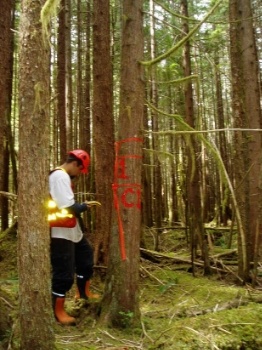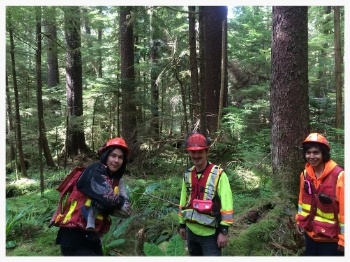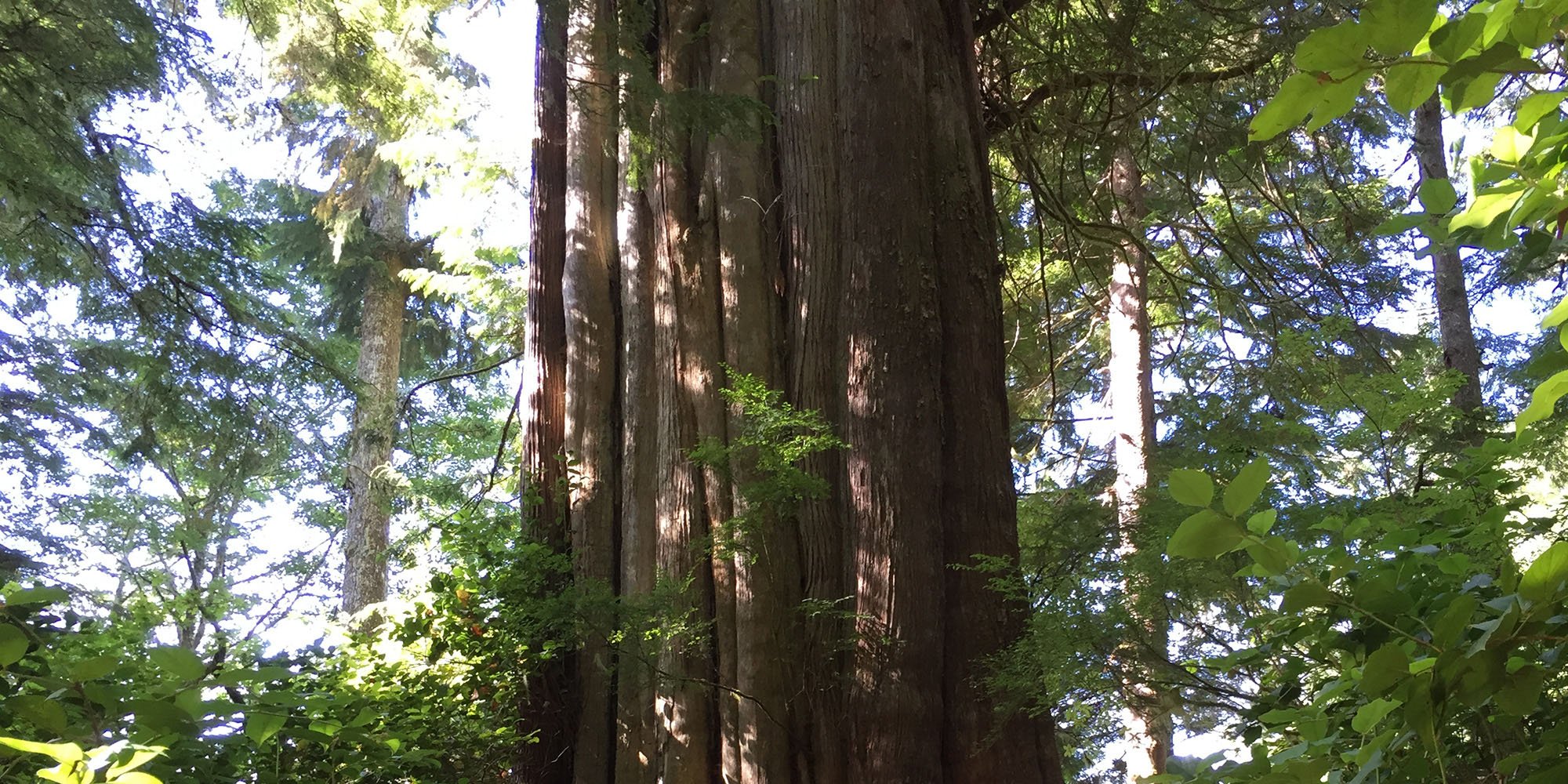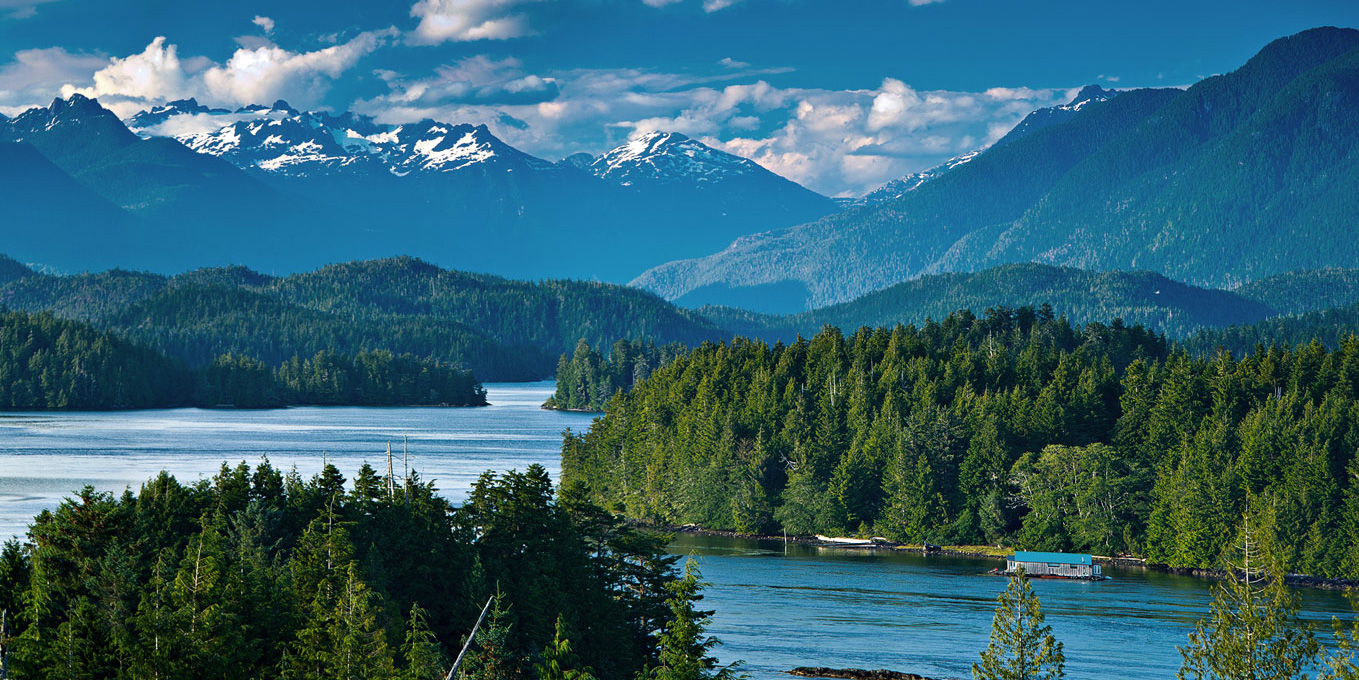Forestry and Reconciliation: Focus on BC
Since the Truth and Reconciliation Commission released its summary report containing 94 Calls- to-Action we have written a series of articles on what...

In 2003, Corby Lamb, President, Capacity Forest Management Inc., left a senior management position with Western Forest Products Inc. to launch a unique, full-service forest management company. Corby kindly took some time to describe the mandate of his Campbell River-based company.
 At that time there were very few First Nations involved in forestry. While I was with Western Forest Products, our mandate was to work with First Nations on the coast and I developed a number of relationships with the coastal First Nations. Many had had bad experiences with bad business partners and didn’t have a base of knowledge about the forest industry – which is a very complicated business. I was sitting in the Bill 28 - Forestry Revitalization Act talks as Western’s representative and realized that the First Nations were going to get a lot of timber sent their way and would need someone who understood them to work with them. So I quit Western and started the company.
At that time there were very few First Nations involved in forestry. While I was with Western Forest Products, our mandate was to work with First Nations on the coast and I developed a number of relationships with the coastal First Nations. Many had had bad experiences with bad business partners and didn’t have a base of knowledge about the forest industry – which is a very complicated business. I was sitting in the Bill 28 - Forestry Revitalization Act talks as Western’s representative and realized that the First Nations were going to get a lot of timber sent their way and would need someone who understood them to work with them. So I quit Western and started the company.
If you work for First Nations and for industry, First Nations aren’t going to trust you the same way they do if you only work for First Nations. My business model was and continues to be, 100% First Nation clientele – that way there is a good track record and a de facto trust the minute you walk through the door. It also indicates that you understand First Nations in terms of their business philosophy which is “environment first.” All of our clients maintain 100% ownership and control over their forestry operations.
One of our first clients was $2.8 million in debt but within two years we turned them around and they were in the black.
We provide forestry advice and guidance to Chief and Council, plus manage the forestry business through a limited partnership, and work with a board of directors. And we keep them totally separate – it is critical that politics and economic development are separate.
 We are a full-service tenure management company – we are Sustainable Forestry Initiative (SFI) certified. Under an umbrella agreement developed between SFI and Capacity, we certify our clients’ tenures. They could never do that on their own as the cost is prohibitive, but it is pro-rated through all our clients. The rule is they have to run under our management regime to maintain their SFI certification. If they leave, they lose the certification. We were awarded the President’s Award from SFI for bringing in 48 First Nation tenures at once.
We are a full-service tenure management company – we are Sustainable Forestry Initiative (SFI) certified. Under an umbrella agreement developed between SFI and Capacity, we certify our clients’ tenures. They could never do that on their own as the cost is prohibitive, but it is pro-rated through all our clients. The rule is they have to run under our management regime to maintain their SFI certification. If they leave, they lose the certification. We were awarded the President’s Award from SFI for bringing in 48 First Nation tenures at once.
Ninety-five percent of our business is through word of mouth so that trust factor precedes us. During the first meeting, which is at our expense, we show them our presentation, explain what we do and the benefits, then ask them to show us what they have in place. We come back with some recommendations and if they like what they hear, we start putting contracts in place. We tailor each agreement to a particular person on our team. All of the contractors we use are professional and reliable.
We are expected to manage their business to a business plan and a budget that is approved by the board so that’s what we do. At no point in the relationship is the board unaware of what is happening or is not involved in what is happening. We never act alone. It’s an inclusive and transparent process.
Some companies complain that they have to consult on everything, well so do we. We get just as much pushback regarding sensitive areas as anyone else does. We might get a bit more favourable treatment because we are their company, but we don’t get any free passes.
We also are involved in the communities in which we work. We don’t just come in, work and leave. We sponsor and attend events – you have to be there as well as provide sponsorship. For example, in 2014 my wife Vivien and I provided our 1942 65-foot cruiser for two weeks as the support boat for one of our clients, Malahat Nation, to participate in Tribal Journeys from Brown’s Bay, north of Campbell River to Bella Bella. I skippered and Vivien cooked.
For a relationship to be successful, you need to build trust, be transparent, and provide benefit.
The decision-making has to be inclusive. The First Nation has to be part of the decision-making – you can’t go in there and say “Here’s what we’re going to do for you and here’s how we’re going to do it.” You say “What can we do together and let’s work together to make it happen.”
Featured photo: Cumberland, BC. Photo: Unsplash

Since the Truth and Reconciliation Commission released its summary report containing 94 Calls- to-Action we have written a series of articles on what...

When a company takes the reconciliation initiative to provide our Indigenous Awareness training to the majority of their staff we believe their...

Corby Lamb is the president and owner of Capacity Forest Management Ltd. Corby was born and raised in Campbell River and has spent his life working...